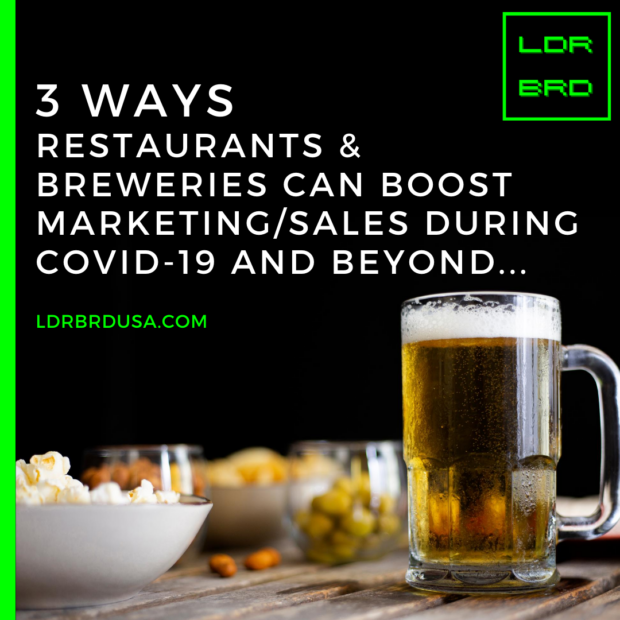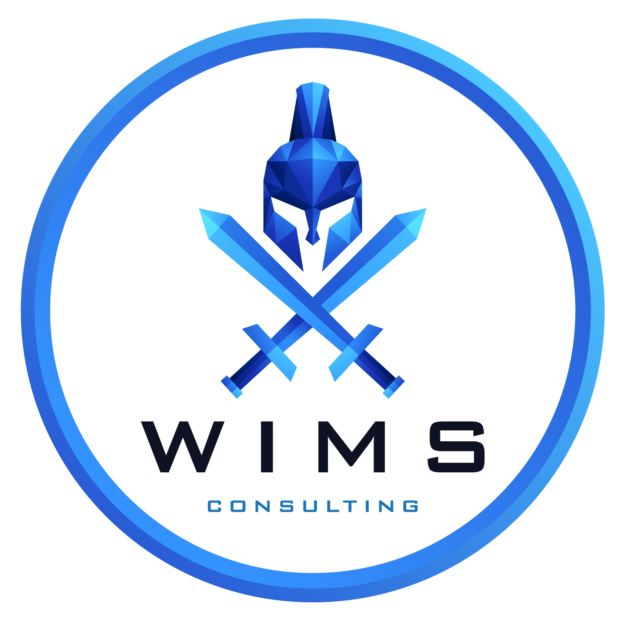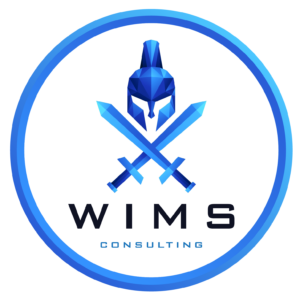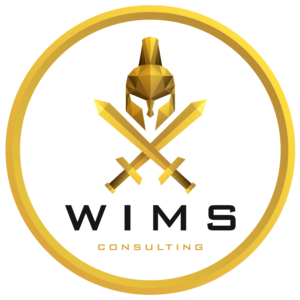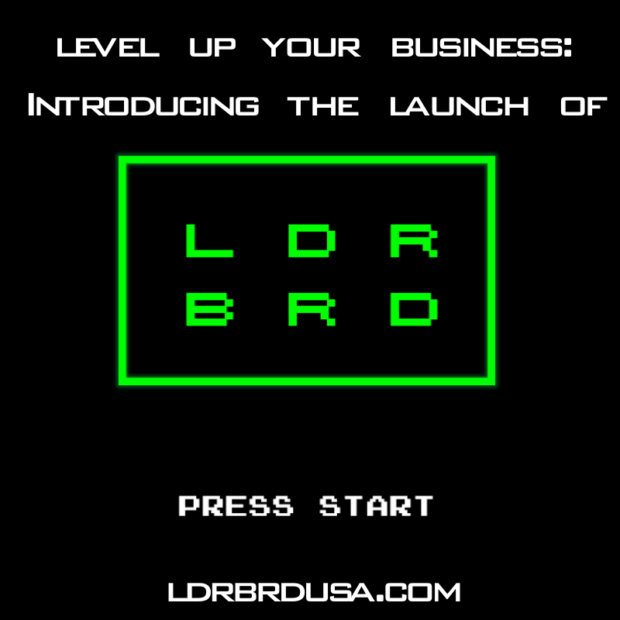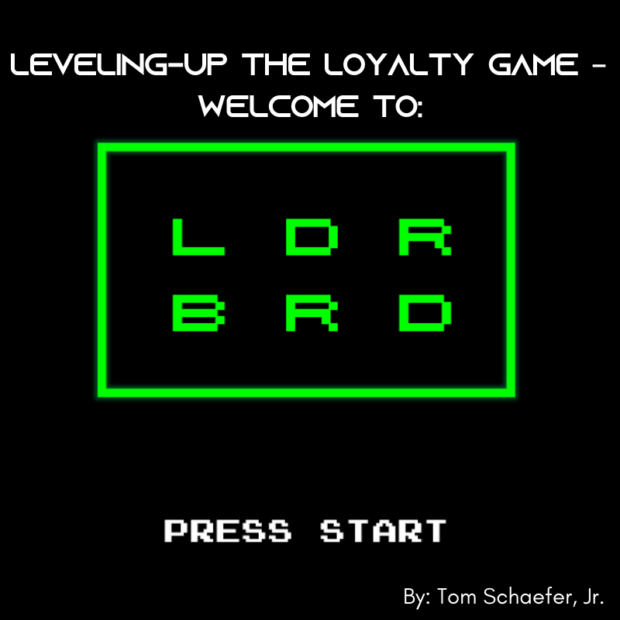Most entrepreneurs and small businesses do not have the budget to shell out high dollars for paid advertisements to promote their services. Instead, they need to rely on cost effective or free ways to get their message out. The same is true for public relations professionals who are tasked with gaining publicity and raising awareness for their organization. While their marketing and advertising colleagues often have a nice chunk of change to spend on ads or partnerships that promise coverage, the majority of the publicity the public relations team brings in is done with little or no cost.
I’d like to share what I have found to be one of the most successful methods of getting a news outlet to talk about your work and demonstrate how you can do the same for your business. It all comes down to identifying a great story and crafting the perfect pitch. 
- Make your pitch a story and not a commercial
My first tip is the most important. Do NOT make your pitch a commercial. No one is interested in how wonderful and intelligent your product is. If your pitch goes on and on about why everyone needs to buy this product or how great of a business person you are, it will get thrown in the trash, along with your reputation.
The best way to promote your business is to dig a little deeper and find a real life example that clearly illustrates why something is news worthy. This will take more effort on your part but it will make all the difference in whether or not you get coverage, and ultimately, the story that comes out will resonate with your target audience much better than an expensive commercial.
- Find the essential “characters” for your pitch
Your pitch needs to focus around the main character. This should be someone who is not affiliated with your business; such as a customer or a client. If you are promoting a product or a service, find someone who uses it on their own (meaning they are not getting paid to do so) and who genuinely has a positive experience with it. Your pitch will highlight their experience and what led them to use your service/product and the difference it has made on their life.
Secondly, you need an expert; whether it’s yourself or a designated spokesperson for your company. This role is to discuss how the service or product benefitted your main character. They should also discuss what they personally did to help this person and what their work means to the community. This role does not include showing off, gloating or trying to steal the spotlight.
- Is there a conflict and resolution?
In order to have a story, your main character needs to have a conflict that your expert has solved by his/her service or product. In addition, you need to make the case that this is something that can help all of the reporter’s audience as well. It can’t be something that will only benefit one person.
Once you have your two main characters, the conflict and the resolution, you can plug your information into a simple format. I’m going to coach you through this format using a recent story I worked on that resulted in coverage for one of my clients, Dr. Oleg Tcheremissine. 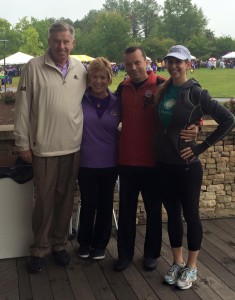
- Introduction of main character
Example: Peter Oosterhuis, a former golf pro and CBS sports commentator, is incredibly popular and respected among his peers, fans, and family. He has a long and storied career in golf and is known best for defeating golf legends such as Jack Nicklaus and Arnold Palmer.
Recently, Peter and his wife began to notice lapses in his memory and professionalism. He struggled with everyday tasks and was growing increasingly frustrated with the mental changes he was experiencing.
- Introduction of your expert
Peter went to go see a doctor in Texas. The doctor diagnosed him with Alzheimer’s disease; and suggested that he go to Charlotte where the experts there would be the best to treat him. Peter went to Charlotte where he began seeing Dr. Oleg Tcheremissine, who enrolled him in a groundbreaking clinical trial.
While we don’t know if Peter is receiving the actual drug or a placebo in the trial, he and his wife are on a mission to raise awareness and funding for the treatment and research of Alzheimer’s disease. They want to let others know that this trial is significant for the development of a drug that may ultimately lead to a cure for this devastating disease.
- Impact- Why should anyone care?
Alzheimer’s can happen to anyone- even the greatest athletes like Peter. The more we talk about this disease, the better the chances of finding a cure. Everyone in Charlotte would appreciate that the world’s best doctors and researchers are located in their backyard and should they or a loved one ever need treatment for Alzheimer’s, they won’t have to go anywhere else.
Results:
WCNC, the NBC affiliate in Charlotte, covered this story and ran it during their nightly news cast.
The Alzheimer’s Association shared this story as a message of hope and education for all of the patients and caregivers that follow their YouTube Channel.
Peter’s story remains one of the most viewed on the Carolinas HealthCare System’s Daily Dose blog, which is followed by thousands of people in North and South Carolina.
The Charlotte Observer did an in depth piece on Peter and his wife and describes the clinical trial that has the potential to delay the progression of Alzheimer’s disease.
- B-Roll
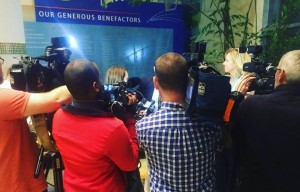
To provide an additional incentive to reporters, you must find b-roll to support your story. According to the Content Marketing Institute, b-roll is the extra footage captured to enrich the story you’re telling. Instead of featuring only talking heads on video, you want to include additional video footage, still photographs, animation or other graphic elements.
In the case of Peter’s story, we reached out to the Quail Hollow Golf Course who allowed us access to film Peter playing golf there, we supplied reporters with old photographs of Peter and his wife and coordinated with Dr. Tcheremissine at the neurology clinic to film a checkup with Peter. Those visuals really made the story come to life and allowed the viewer to see what it was like to experience what Peter was going through.
- Fact Sheet
If you are pitching a story idea to the media, it is your responsibility to know your topic inside and out and you must be able to teach the reporter about it. Often times, the expert may be so advanced they don’t break down the information in an easy to understand way; so the reporter will often rely on you to explain it to them. Or if you are doing the interview yourself, you must absolutely be prepared for every potential question they can ask you. Plus, reporters are on tight deadlines so they don’t often have the time to research each topic. This is where you can be a huge help to them. I like to supply reporters with a fact sheet before and after each interview with suggested questions, key messages, and data. You can even go as far as to write the story for them and supply quotes, photos and links for more information.
Recently I worked on a story about a young woman who got married in her father’s hospital room just days before he passed away. A reporter with People Magazine was at the airport so couldn’t be there in person- so I took photos for her and provided as much information as I could so she could write her story.
- Share and Follow Up
Now that you put in all that work to get your story in the spotlight, it’s time to share it! Post the link on social media, your company’s YouTube page, and email your family, friends, and contacts. When the share the coverage with their networks, it gets even more exposure! Plus, it’s a great way to build relationships with everyone involved and if the experience was positive, it will be that much easier to work with that reporter on another story in the future. When reporter Lena Sun with The Washington Post covered the behavioral health integration model, we shared the link and connected with Lena on Twitter to immediately to promote the story, which resulted in greater exposure of the report and our behavioral health team.
Conclusion
According to research done by Paul Zak and his team at the University of California, Berkeley, stories “shape our brains, tie strangers together and move us to be more empathic and generous.” These are all the emotions we should try to evoke when reaching out to our target audiences. Anything less than that and they will change the channel, skip over the story, and stop engaging with you. I encourage you to put on your own reporter hat and ask questions to find that great story that will resonate with reporters and audiences to ultimately help you achieve your goal- showcasing the great work of you/your company and getting your audience to respond and connect with you.
—-
Claire Simmons is with the clinical public relations team at Carolinas HealthCare System in Charlotte, N.C. She is responsible for developing strategic communications initiatives and coordinating public relations activities for women and children’s services, behavioral health and neurosciences. Claire develops and manages annual communications plans that promote new programs, facilities, services and other activities for her various clinical specialties. As a former news producer and reporter, Claire’s favorite aspect of her work revolves around telling stories that connect with the community while promoting her clients. Connect with Claire on LinkedIn or email her at [email protected].
